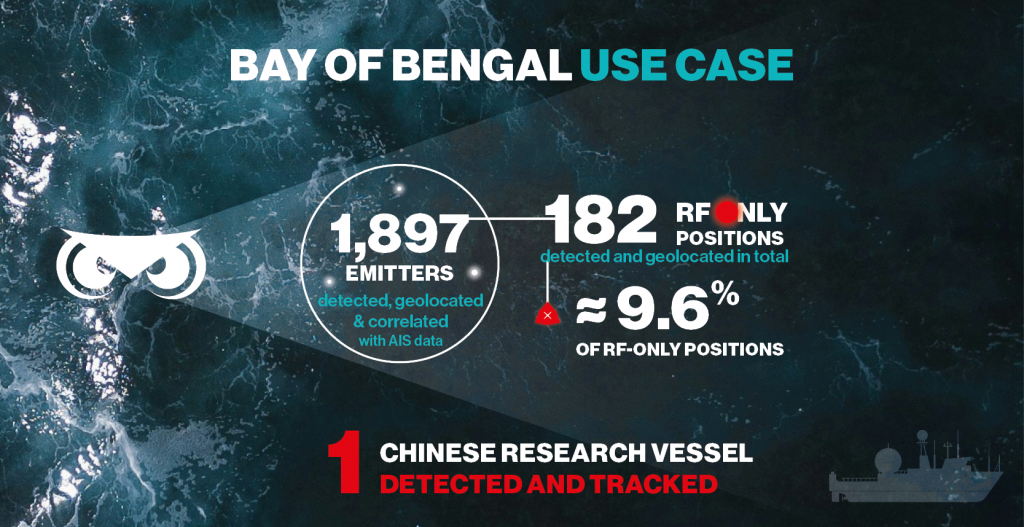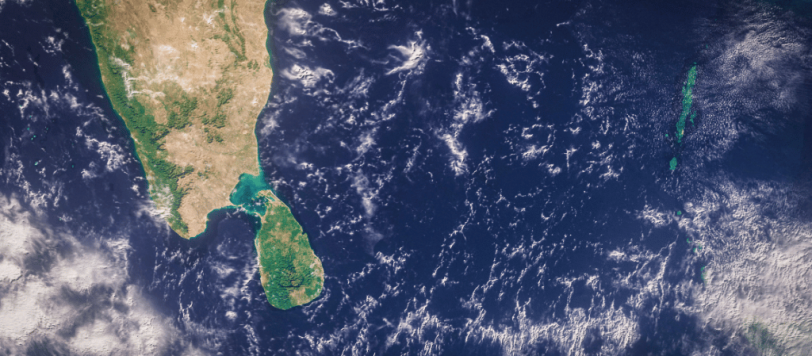Not all research vessels are scientific. Some are strategic. The difference is in the signals they don’t want you to see.

Unseenlabs conducted a 16-day RF data collection campaign in the Indian Ocean, zeroing in on the Bay of Bengal—a region of both environmental and geopolitical importance. The Bay of Bengal, in the northeastern Indian Ocean, lies between India, Bangladesh, and Myanmar, with Sri Lanka and Indonesia marking its southern extent. Covering 2.6 million square kilometers, it is a crucial maritime hub for South and Southeast Asia. Major rivers like the Ganges, Brahmaputra, and Irrawaddy flow into its waters, which are bordered by ecologically vital zones such as the Sundarbans and Cox’s Bazar.
Its strategic location and rich natural resources make the Bay of Bengal a focal point for trade, naval presence, and maritime research. However, this importance also attracts actors with a variety of intentions. At first glance, our operation might seem like just another routine surveillance effort. But beneath the surface of daily maritime traffic lies a much more complex, and strategic, narrative.
Our objective is to expose what AIS systems overlook, using space-based radio frequency intelligence to reveal hidden maritime activity in one of the world’s most strategically contested and consequential regions.
As part of this campaign, we tracked the movements of a prominent Chinese research vessel, known for its strategic significance and high level of activity. What we uncovered raises important questions—and deserves a closer look…






